
The BBC4 drama ‘We’ll Take Manhattan’ shows a young photographer David Bailey in 1962, who got commissioned (by fashion editor Lady Clare Rendlesham) to create a 14 page story for British Vogue in New York and the style had to be ‘young and fresh’. Bailey , as Jean always called David, insisted on using his girlfriend Jean Shrimpton as the model. Jean had a very clean, fresh look to her and was different to all other models working for Vogue. At the time almost everything was shot in a studio and all followed a classic guideline of poses and looks. David Bailey, being passionate and stubborn about his work, changed all this by breaking the rules. He took offbeat, realistic poses against gritty backgrounds. This changed fashion forever and made David Bailey and Jean Shrimpton fashion icons.
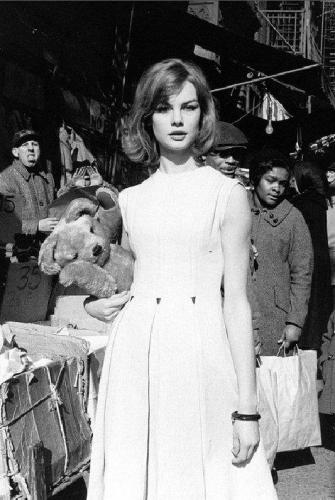
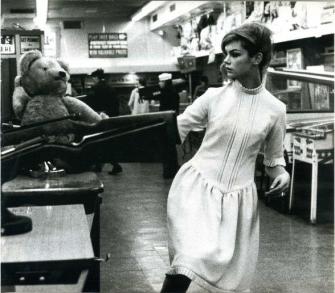
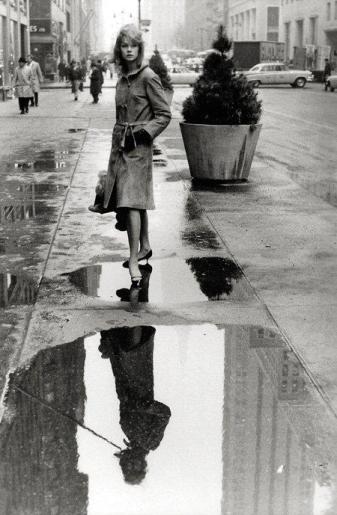

Trailer ‘We’ll Take Manhattan’
.
Jean Rosemary Shrimpton (born 7 November 1942) was born in High Wycombe, Buckinghamshire and brought up on a farm. She enrolled at Langham Secretarial College in London when she was 17. Director Cy Endfield suggested she attend the Lucy Clayton Charm Academy’s model course. In 1960, aged 17, she began modelling and later appeared on the covers of Vogue, Harper’s Bazaar and Vanity Fair. During her career Jean Shrimpton was widely reported as ‘the world highest paid model’ and ‘the most famous model’. She was described as having ‘world’s most beautiful face’, was dubbed ‘The It Girl’ and ‘The Face of the ’60s’.
Jean contrasted with the aristocratic-looking models of the 1950s by representing the fresh, cute coltish look of the 1960s Swinging London. Breaking the popular mould of voluptuous figures with her long legs and slim figure. Jean (nicknamed ‘The Shrimp’, a name she hated. ‘Shrimps are horrible pink things that get their heads pulled off! ) was also known for her long hair with fringe, wide doe-eyes, long wispy eyelashes, arched brows and pouty lips.

Jean was once engaged to David Bailey. They met in 1960 at a photo shoot that Jean, who was still an unknown model, was working on with photographer Brian Duffy. Duffy told Bailey she was too posh for him, but Bailey was not discouraged.
Jean Shrimpton:”‘Bailey’ was how he introduced himself and that was all I ever called him.” Aged 18, Jean rapidly found herself entwined with the East End boy on the up, who was five years her elder. “We were instantly attracted to each other.” She broke off a relationship and Bailey ended his marriage so they could be together. “He was a larger-than-life character, and still is. There’s a force about him. He doesn’t give a damn about anything. But he’s shrewd, too. He made a lot of money out of me. I’m not bitter, but I’m irked. That’s all. Bailey was very important to me. I’m sure today’s models are a lot more switched-on than we were. Image rights didn’t exist back then. What happened – the creation of the fashion industry – just happened.”
Jean started to become known in the modelling world around the time she was dating Bailey. She has stated she owed Bailey her career. In turn she was Bailey’s muse and his photographs of her helped him rise to prominence in his early career. Yet she was never comfortable with the trappings of their success-when Bailey took her to trendy nightclubs, Jean would take her knitting along…
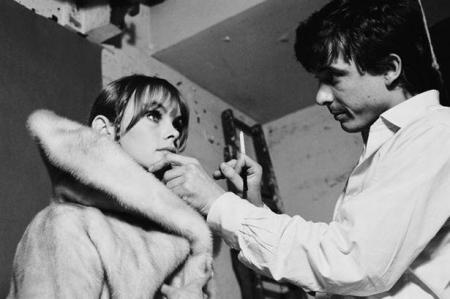
Bailey ones said of Jean: “She was magic. In a way she was the cheapest model in the world-you only needed to shoot half a roll of film and then you had it.”
Jean’s romance with Bailey did not last long, only 4 years. It was the heady, early days of the swinging 60s and the couple worked tirelessly together, but Jean left Bailey to begin a relationship with Terence Stamp. “Our paths first crossed when Bailey photographed us together for Vogue and then we met again at a wedding. I was aware of him because he was so good-looking. But it was Bailey who accidentally brought us together. Terry seemed ill at ease, self-conscious and standoffish, but Bailey talked to him, as he always does with people, and ended up inviting him to come with us to see my parents in Buckinghamshire later that day.”
But if Stamp’s looks captivated Jean, his personality was less straightforward. The beautiful duo were soon an item – to Bailey’s dismay – but their three years together left Shrimpton puzzled. Certainly, there is no love lost now: “Terry has said that I was the love of his life, but he had a very strange way of showing it. We lived together in a flat in Mayfair, but he never gave me a set of keys; one day I walked into his room to talk to him and he simply turned his back on me, swivelling his chair to stare silently out of the window. That sort of thing was typical. He was very peculiar.”
Work, though, was good. By her mid-twenties she was known the world over and she’d also made a major, if unwitting, contribution to fashion when she was hired to present prizes for the Melbourne Cup in Australia. Jean’s dressmaker, Colin Rolfe, was given insufficient fabric, but pressed ahead regardless, making four outfits which were all cut just above the knee. The miniskirt was born – to the shock of conservative Australia at the time. (this is one of a few stories about how the miniskirt was born….)
.
.
But for all the fame, the exotic travel and approaches from famous stars such as Warren Beatty and Jack Nicholson – “they’re the kind who can’t help themselves, it’s in their nature, though Jack was more subtle than Warren” –Jean was not happy. She loathed the name “The Shrimp” and felt disenchanted with the fashion world. With hindsight, she said her true self only began to emerge in her next relationship, with photographer Jordan Kalfus, 12 years her senior, in New York. “I discovered museums, art and literature. It was an awakening. There was so much happening in American literature at the time. Mailer, Bellow, Burroughs, Ginsberg – they were all the rage.”
She began to read eagerly and bought fine art. Back in Britain a turbulent relationship with the anarchic poet Heathcote Williams was followed by another with writer Malcolm Richey, with whom she moved initially to Cornwall. By now, in her early thirties, Jean was only too pleased to forsake modelling completely. She opened an antiques shop in Marazion and took a series of intriguing black-and-white photographs of local Cornish characters. She has never exhibited the images and has no intention of doing so, but one was of Susan Clayton, then a waitress at the Abbey Hotel. After Jean met her husband, Michael Cox and became pregnant with their son, Thaddeus, she was told by Clayton that the Abbey might be up for sale.
“I jumped at it. If we’d had a survey, we wouldn’t have bought it and running it has been a labour of love, but it’s been my life for over 30 years.” She and Michael had their reception at the Abbey, a million miles from the fashion-world weddings of St James’s. “We had champagne with fish’n’chips, but the only guests were our two registry office witnesses.”
Jean Shrimpton loves the raw, wild beauty of the far west of Cornwall, but does she have any regrets about turning her back on the life she once led? “No, but I am a melancholy soul. I’m not sure contentment is obtainable and I find the banality of modern life terrifying. I sometimes feel I’m damaged goods. But Michael, Thaddeus and the Abbey transformed my life.”
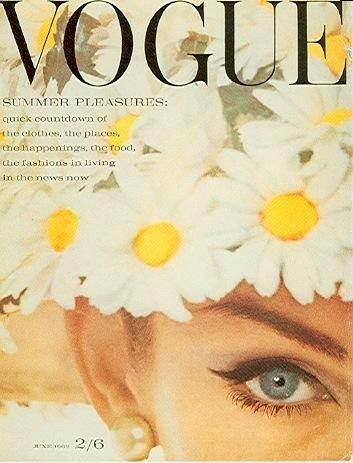
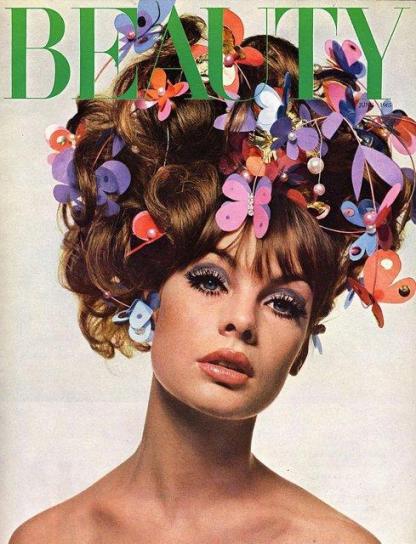

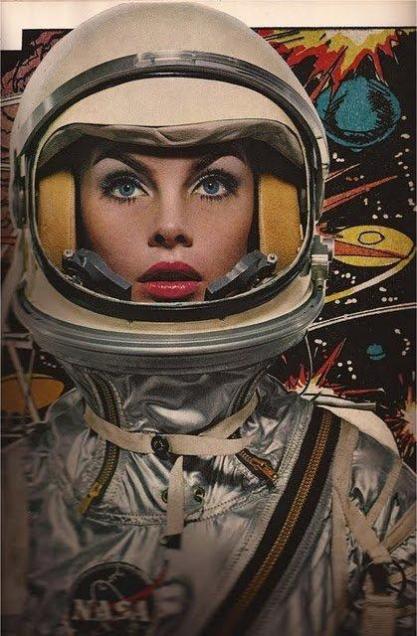

Steven Meisel photographed Natalia Vodianova as Jean Shrimpton voor Vogue May 2009
.
.
Jean Shrimpton : An Autobiography
http://www.amazon.co.uk/Jean-Shrimpton-Autobiography-Unity-Hall/dp/0852238584
.



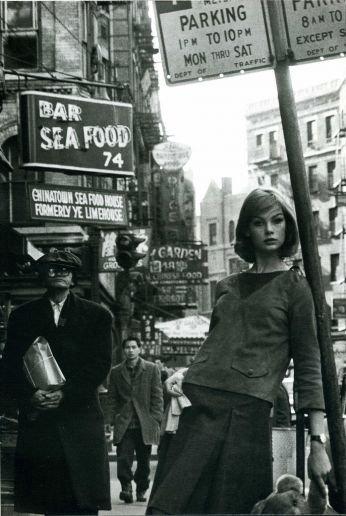
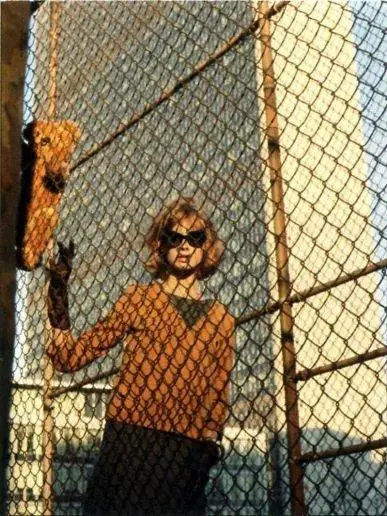
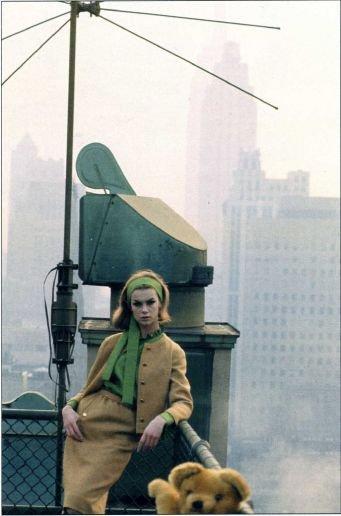
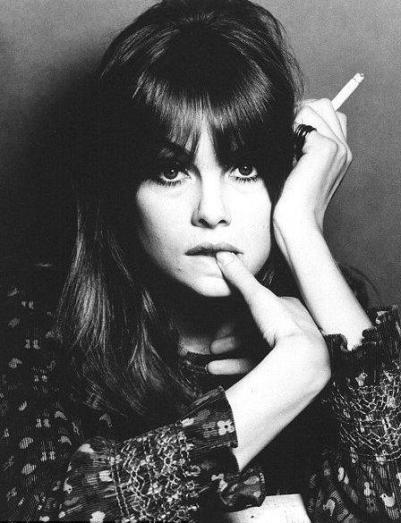
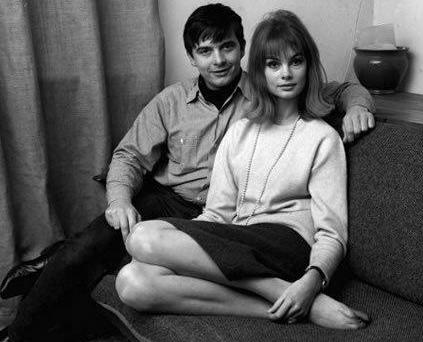
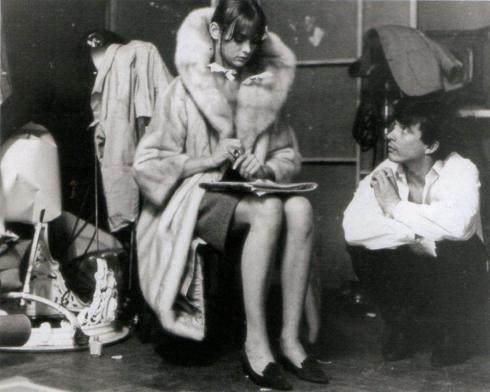

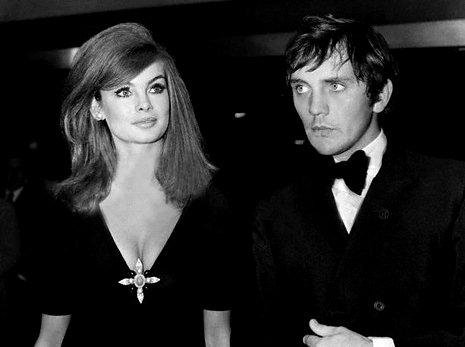
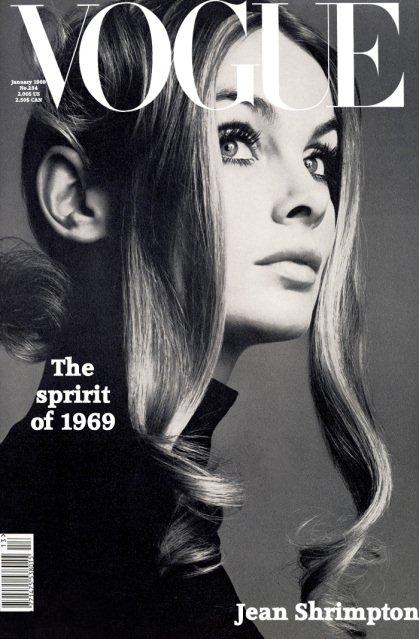
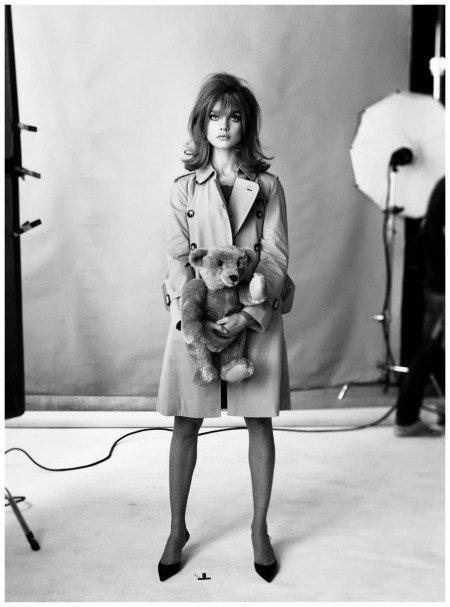
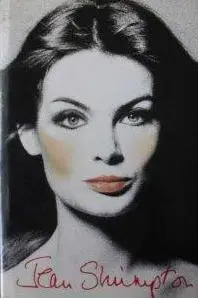
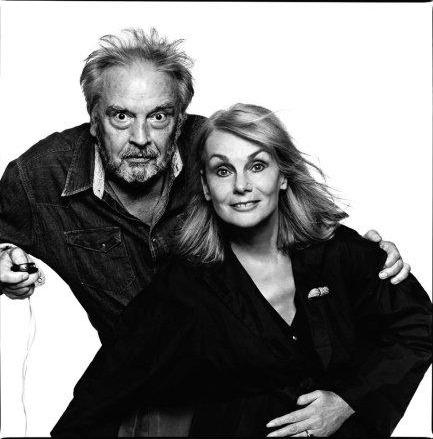


A short bit of fluff about Bailey, Jean Shrimpton and their first NYC shoot: http://portable.tv/talks/post/david-bailey-takes-manhattan/ Thank you for posting this. I went from there to spening much of the weekend looking at Bailey on the web. It is kind of funny that as much as I’d heard his name, and had of course seen Blow Up and knew that connection, I really didn’t know all that much about him or his work. The original New York photo session featured in the new movie really does show his amazing eye and intensity. The actor portraying him (like the one in Blow-Up ) I think show by contrast the intensity the real Bailey had. And the reshoots do the same thing for me. They did an amazing job of restaging the shots, but the original “Twist” photo is incredible and the contrast with the reshoot really shows that off. It was also great to see that he is still at it today. I like his no BS way with interviews. That old NYC shoot sure seems to support his idea for going in and shooting while things are still fresh. He sees the ordinary but fascinating stuff of NYC that just sort of disappears with familiarity.